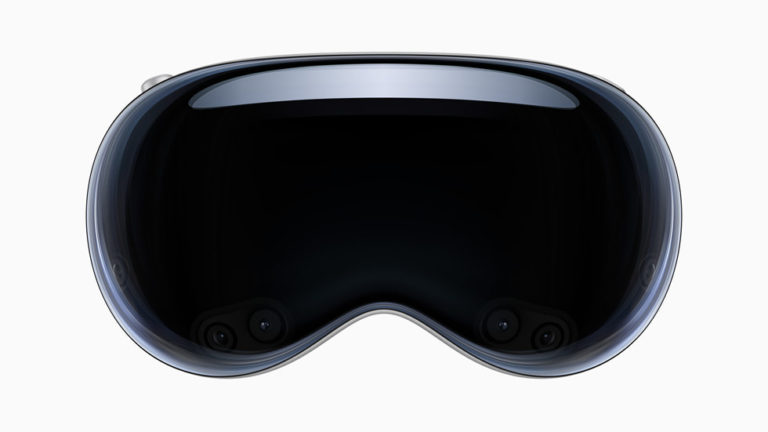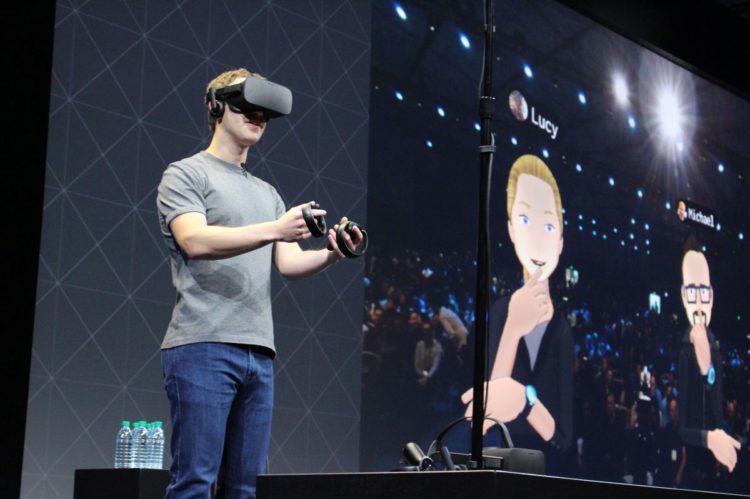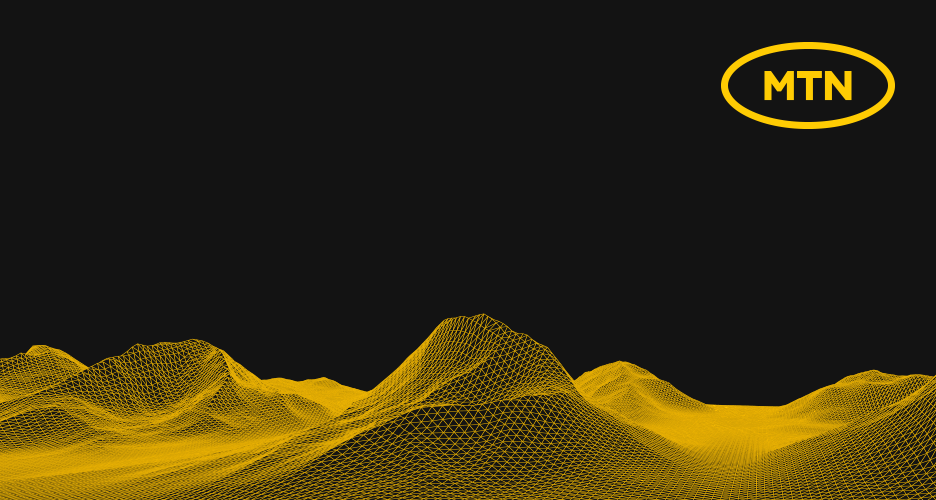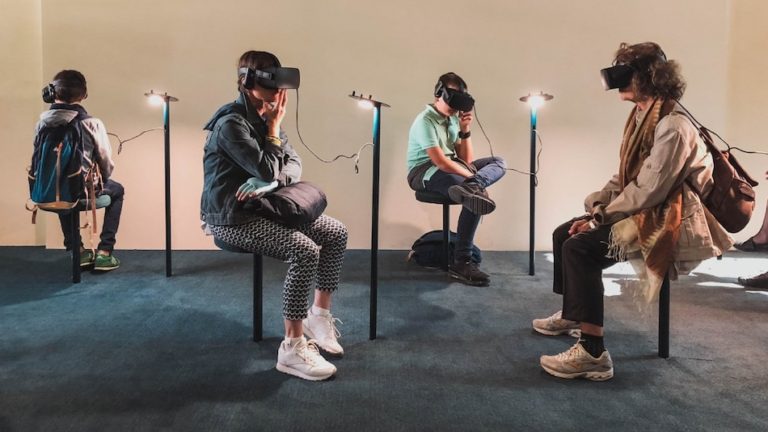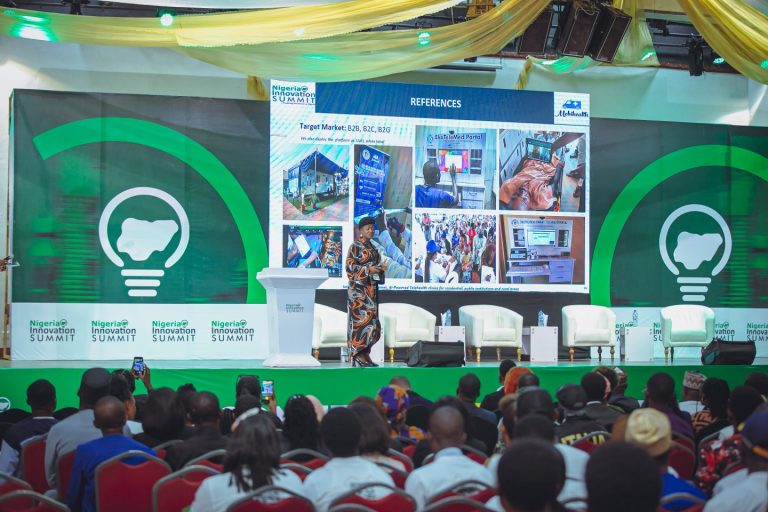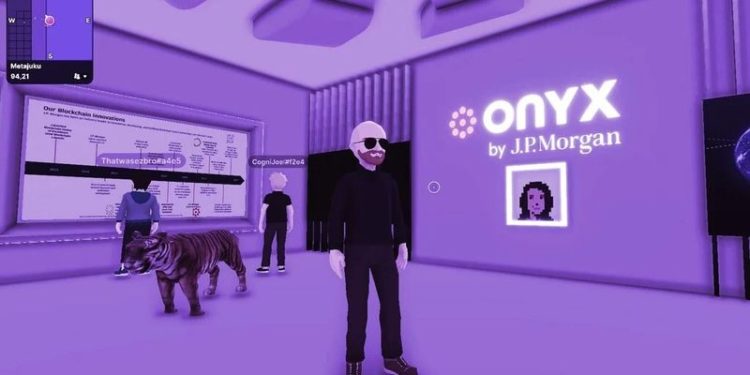South African Schools Embrace VR Lessons
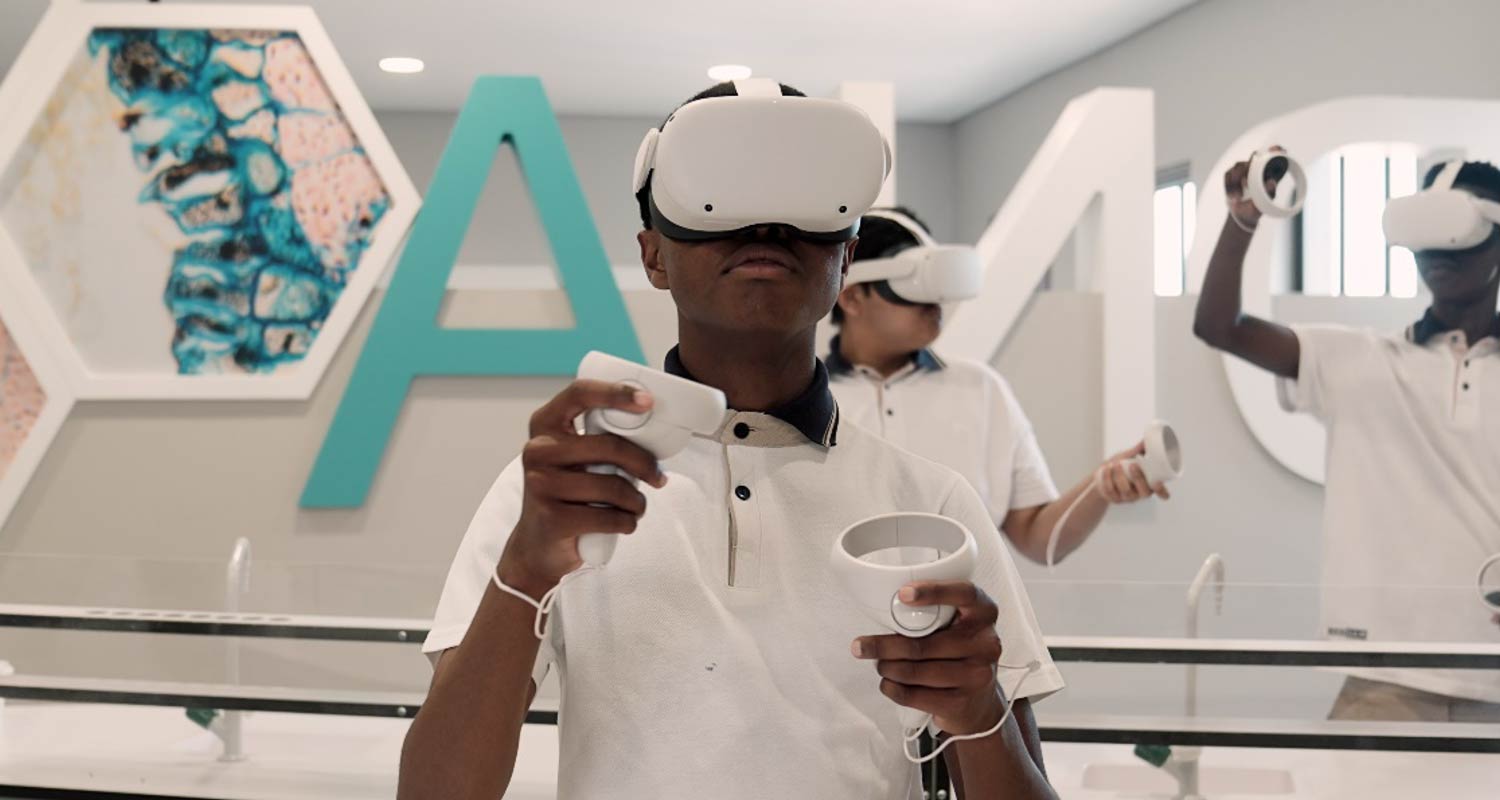
In South Africa, virtual reality headsets are making their way into classrooms to provide immersive education that goes beyond the curriculum.
Reddam House Helderfontein and Reddam House Waterfall, two schools in Johannesburg’s north, are providing their students with immersive learning experiences through the usage of VR headsets.
Deeper and more efficient learning can be facilitated by immersive and engaging learning experiences. Students can now access activities that were previously out of reach when VR and the metaverse are merged, according to Inspired Schools Africa CEO Ravi Nadasen, whose company owns the Reddam schools.
With virtual reality (VR), students can explore places that would otherwise be unreachable, such as the interior of a volcano, the Pantheon in Rome, or the pyramids in Egypt.
Reddam House Helderfontein’s executive head, Graham Bennets, informed TechCentral that Inspired Group schools in Portugal and Spain were the technology’s trial users.
The pioneering educational institutions “worked out the kinks” in the software and the implementation of VR in the classroom. Bennet wants to give the VR experiences already offered in the globally accessible Inspired Schools VR library a taste of South Africa.
“We are currently using apps that already exist, but soon we will learn how to set up our own environments. So, we have Anne Frank’s museum available, and that’s cool. But I want to do Isandlwana (an historic battle site in KwaZulu-Natal), fly over that mountain and talk about that history,” he said.
Pilot phase
There is a two-year trial program in place between the two South African schools. Teachers will receive instruction and hands-on practice incorporating technology into their teaching during this period. In the meanwhile, instructors and IT personnel will receive training from their international colleagues in VR lesson preparation, enabling them to produce unique, locally tailored VR experiences for their pupils.
Reddam students engage with their virtual learning environments through the usage of Oculus Quest 2 VR headsets from Meta Platforms. While students can use their hands for finer detail work, such as operating a scalpel in a dissection-based biology experiment, the Quest 2 also features hand controls for navigation.
“VR is an add-on to our teaching rather than the teaching itself, so we are just adding that extra dimension to it. We use the technology in short, sharp doses to keep it safe for the students, and they can access recordings of the lessons on computer later on if they want to refresh their learning”, said Bennetts.


